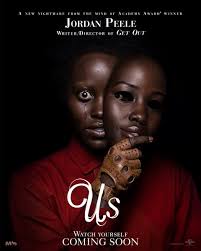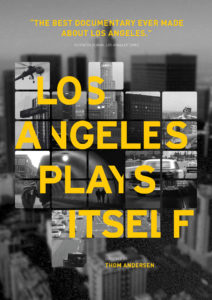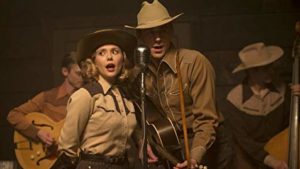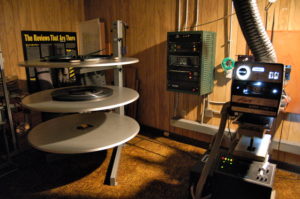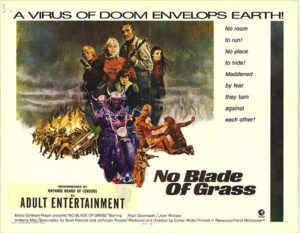Upon my sweetie-wife’s recommendation I have begun reading The Last Ringbearer. A 1999 fantasy novel the central conceit of the book is that because history is always written by the victors to make the victors look good that events of The Lord of the Rings as told in that set of books is quite untrue. The Last Ringbearer skims over the events of the war of the ring, providing context and removing Elvish propaganda and then commences with the heroic struggles to avert the coming domination of the world by the unearthly elves.
Yes, if you are a lover of elves then this book is very far removed from what you are likely to enjoy. Also if you secretly dream of being a wizard then this too is not a book for you, nor if you long for the strong hand of a king, born to rule over you with his divine right. This book is truly for those who love freedom, the freedom of thought, the freedom to live without bending the knee to supernatural and un-chosen rulers, and most of all, the book if those who love science.
Told from the point of view of a Human and Orc who have escaped the destruction of Mordor’s armies and then joined by a lord of  Gondor disgusted by the war crimes of the elves, they embark on a quest that will removed magic from the world and allow the learning and science of men to flourish.
Gondor disgusted by the war crimes of the elves, they embark on a quest that will removed magic from the world and allow the learning and science of men to flourish.
I haven’t yet finished the novel and it may fall apart by the time I do but for the moment I am thoroughly loving this ride. As heretical as this statement may be for someone who has played Dungeons and Dragons for more than 30 years, I like The Last Ringbearer much more than I like The Lord of the Rings.
Unauthorized in the English language world, and I do not begrudge the Tolkien estate in protecting their intellectual property, The Last Ringbearer is available as a free download from numerous sites and best thought of as professionally executive fan fiction.

